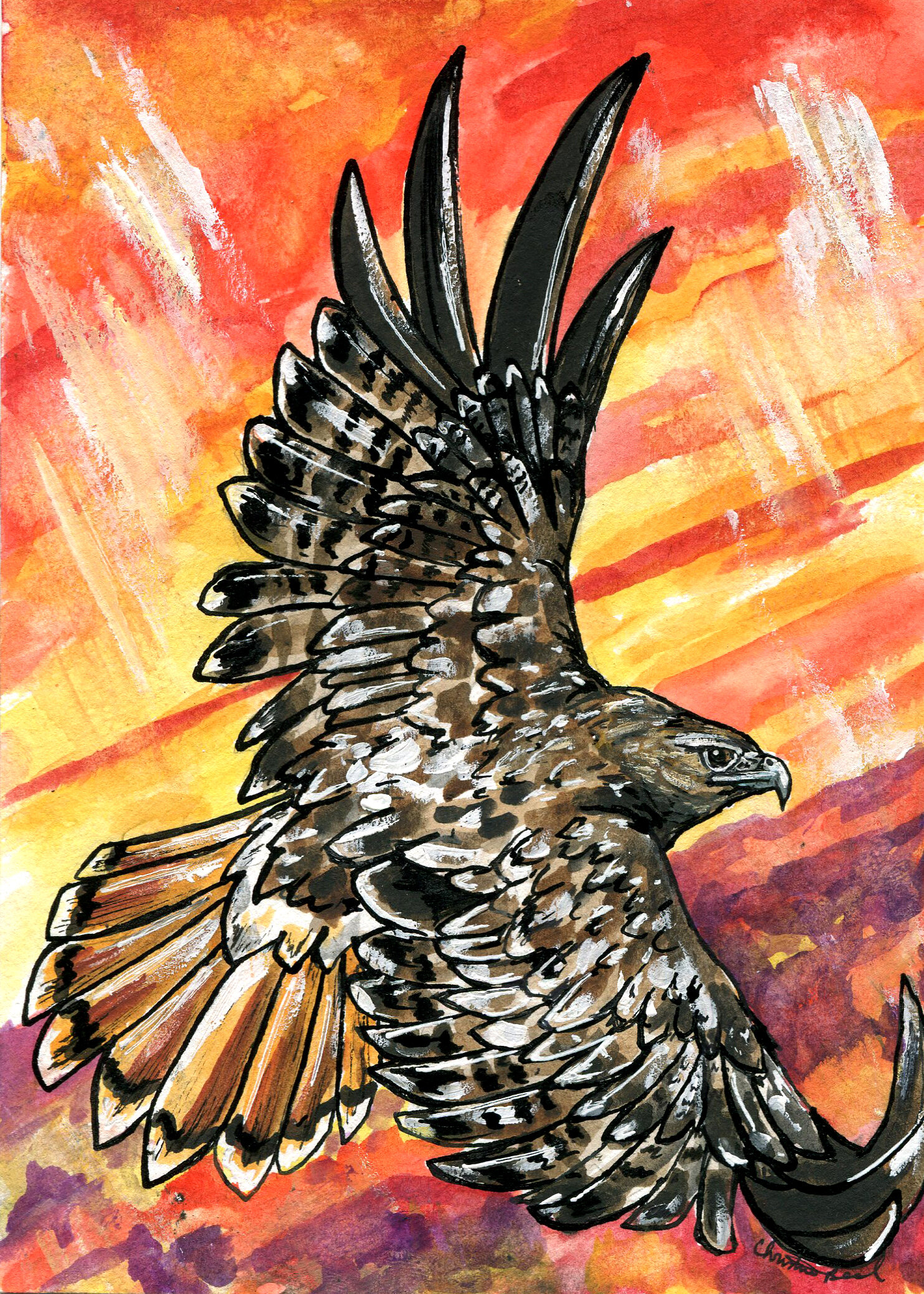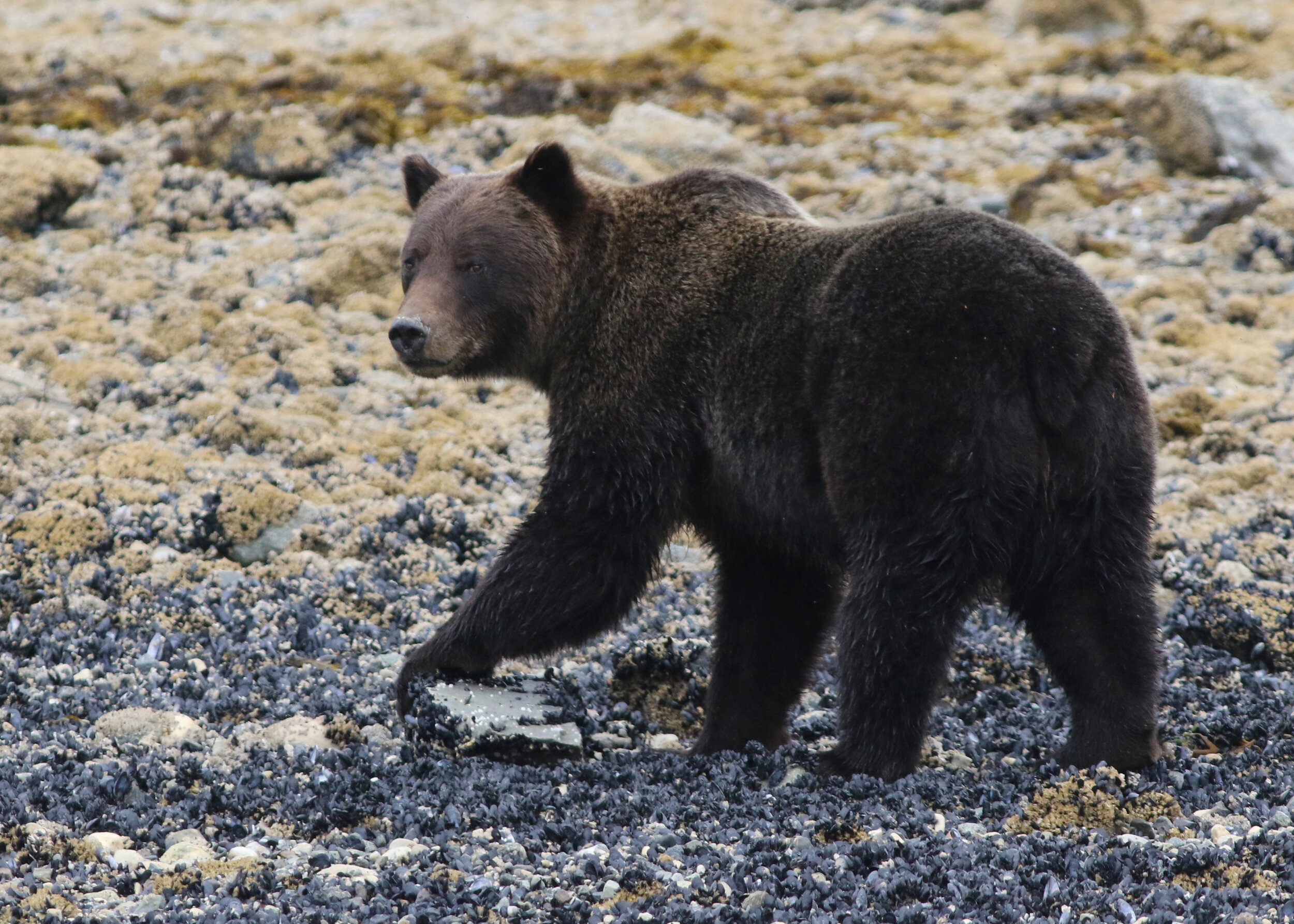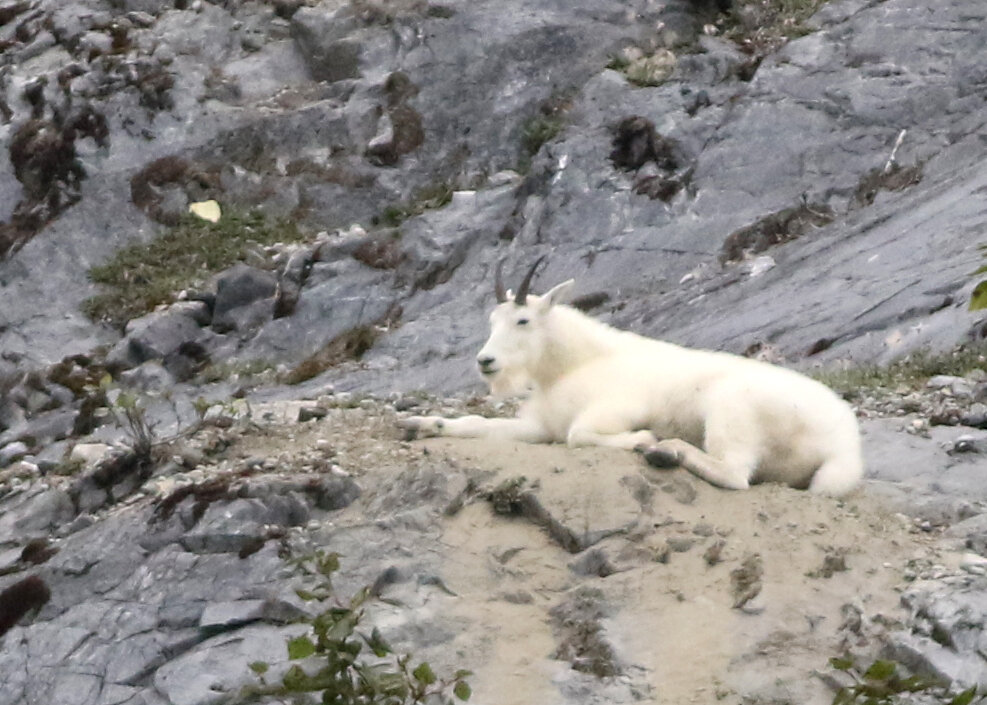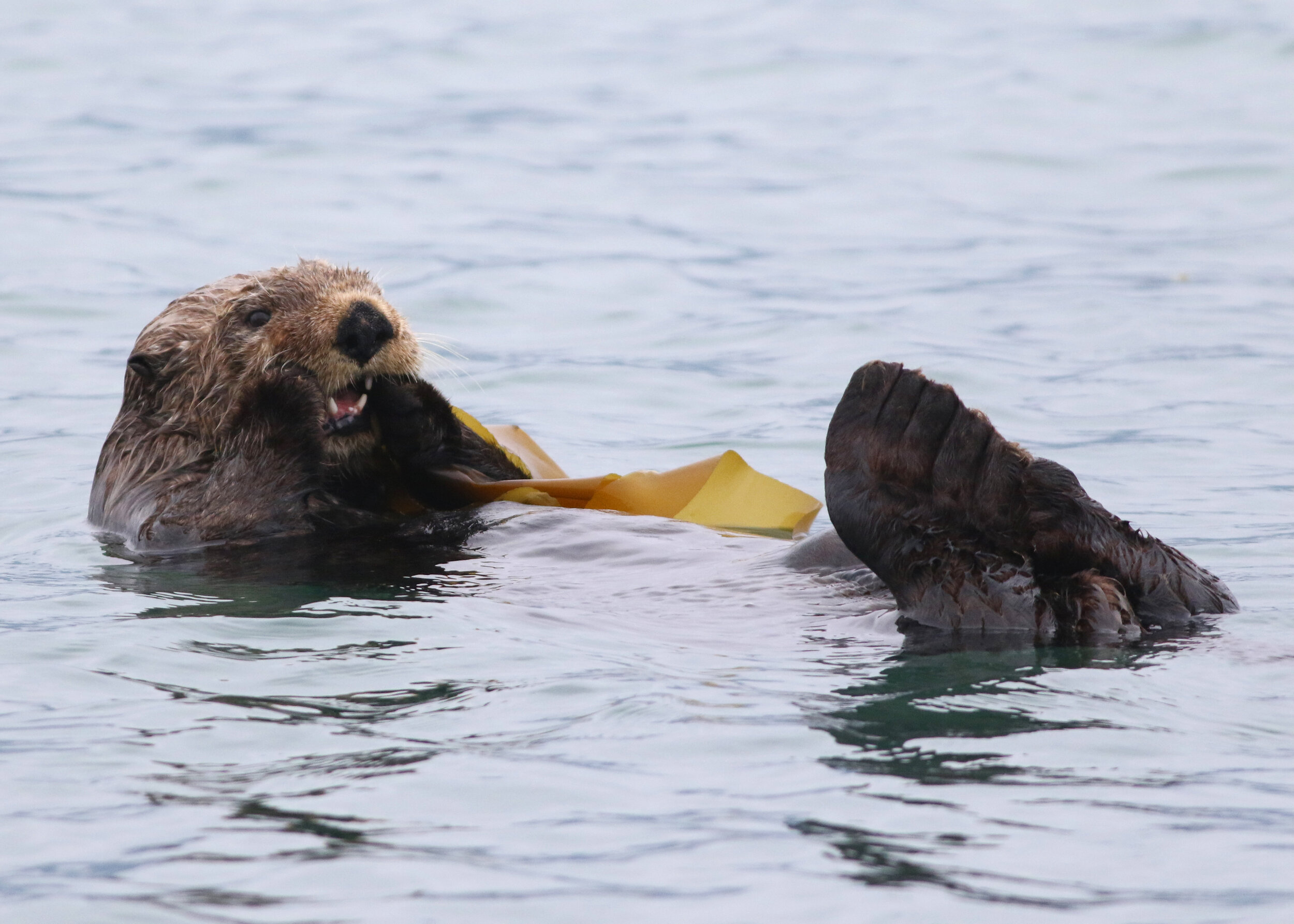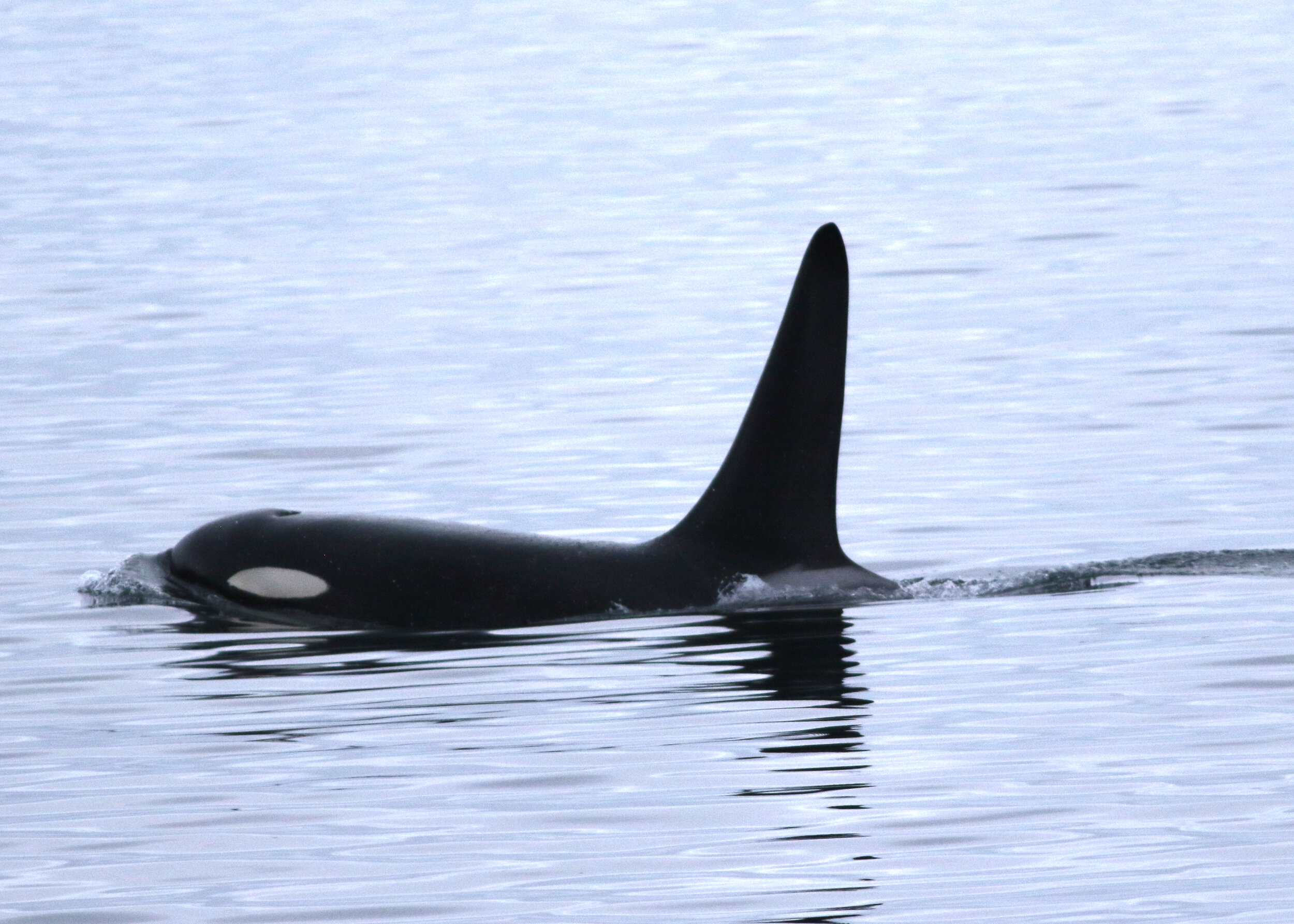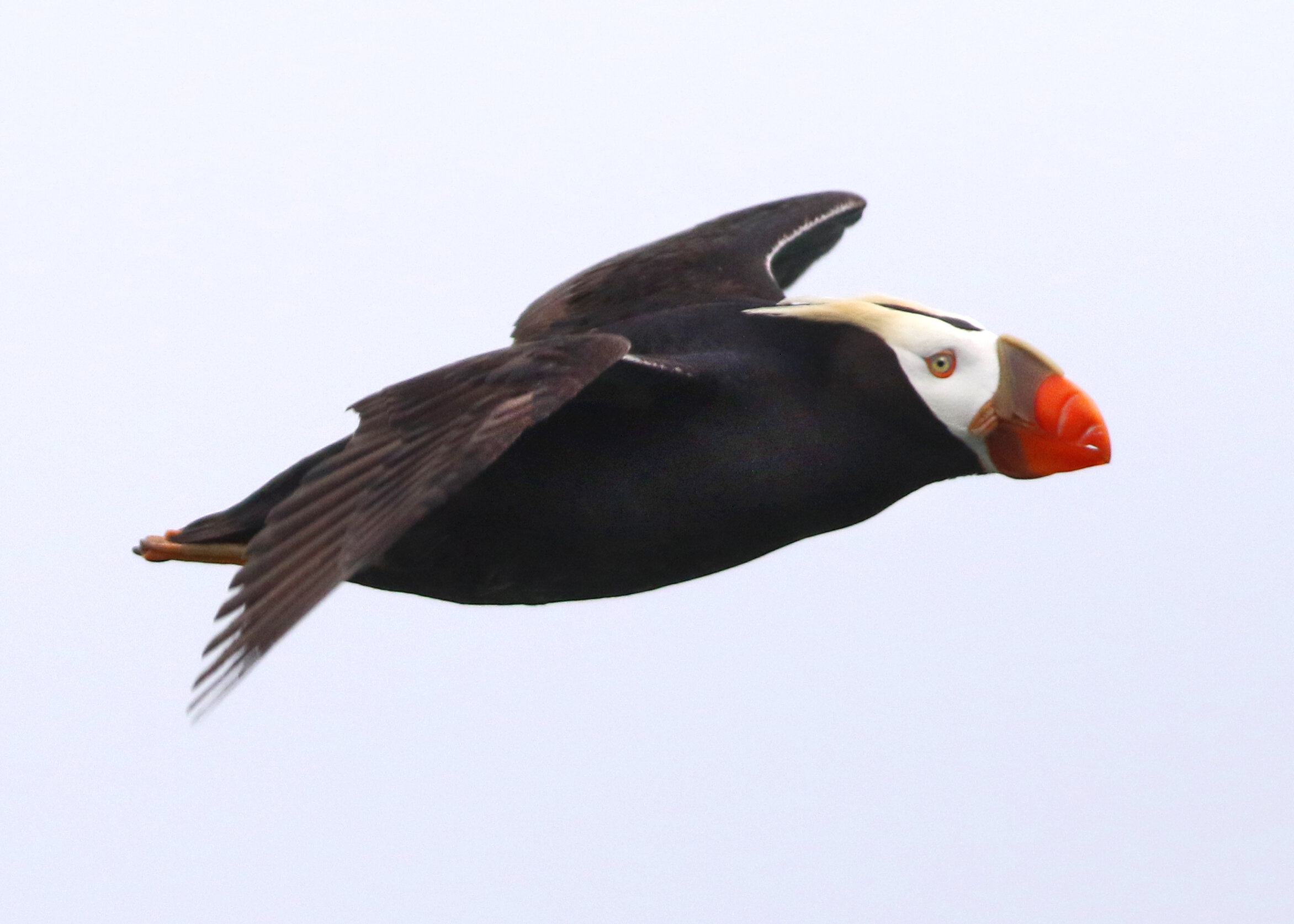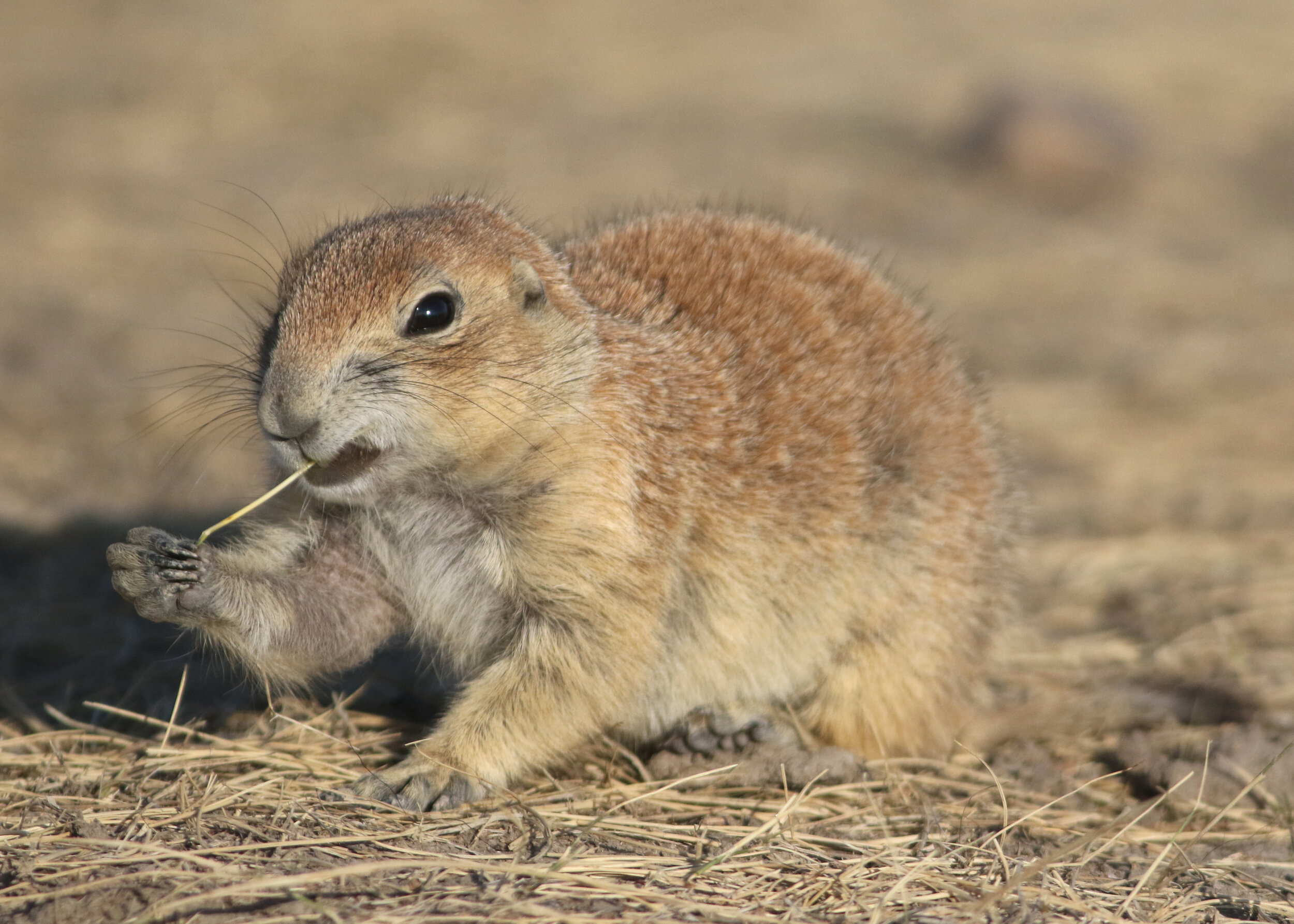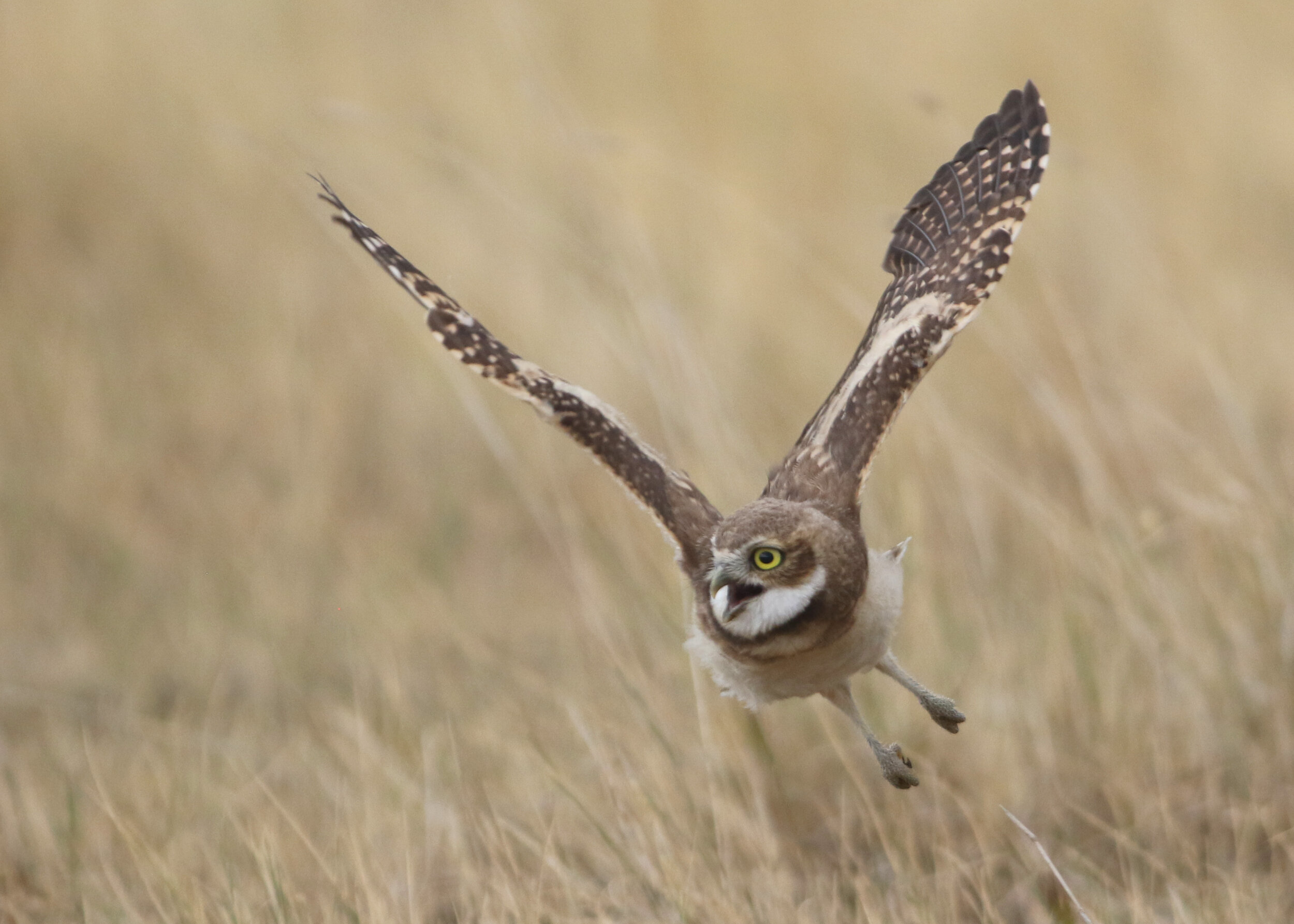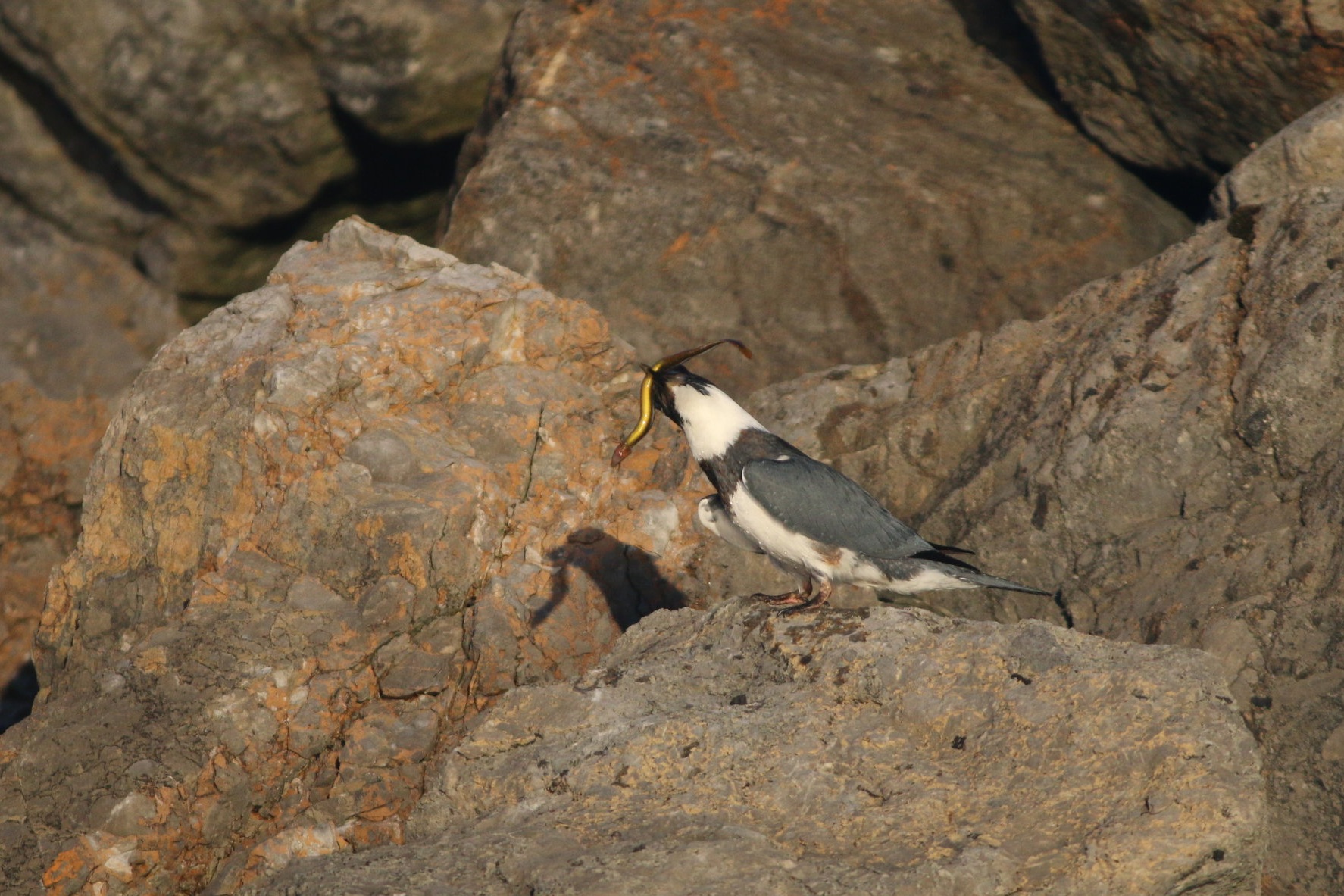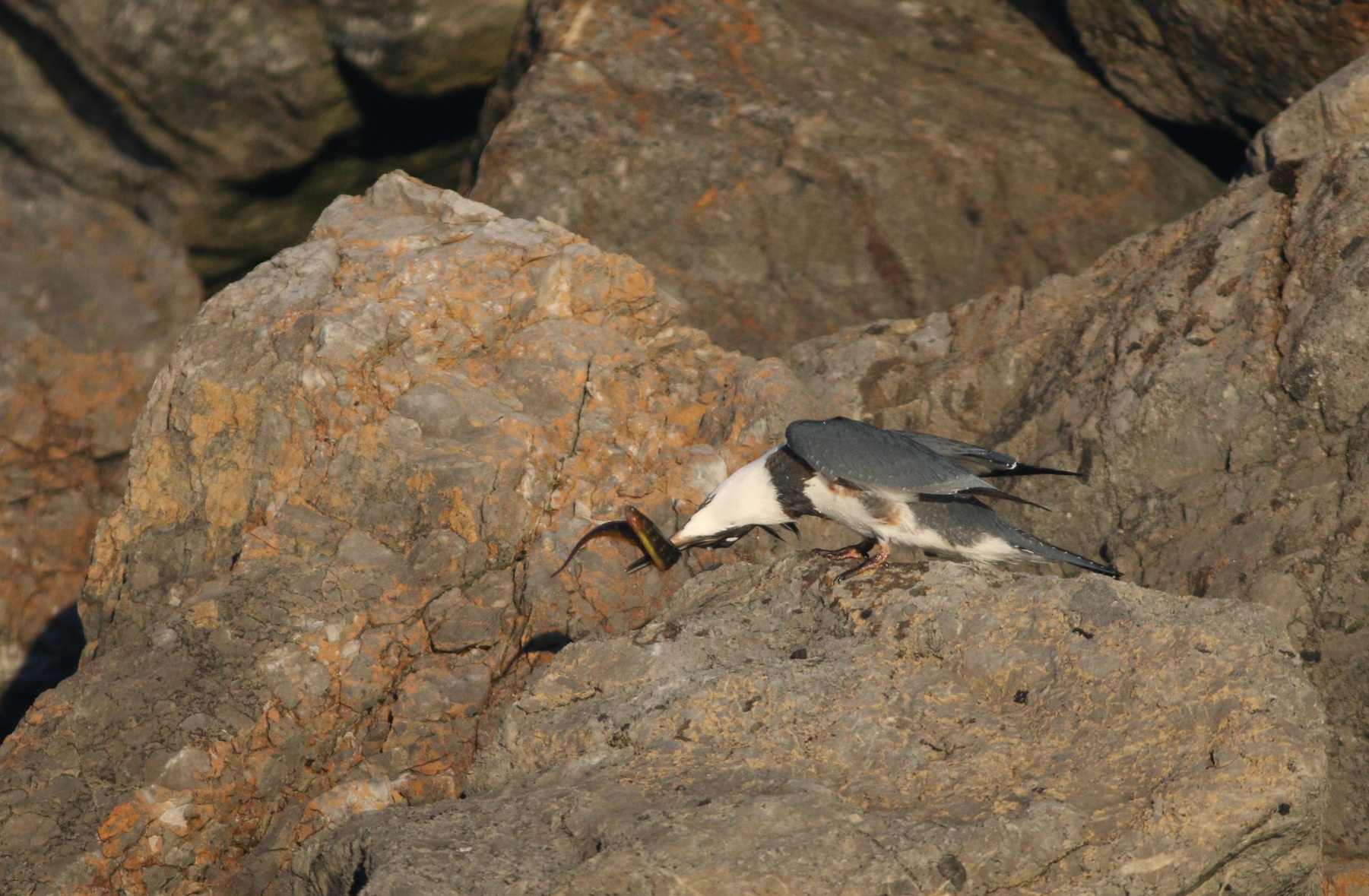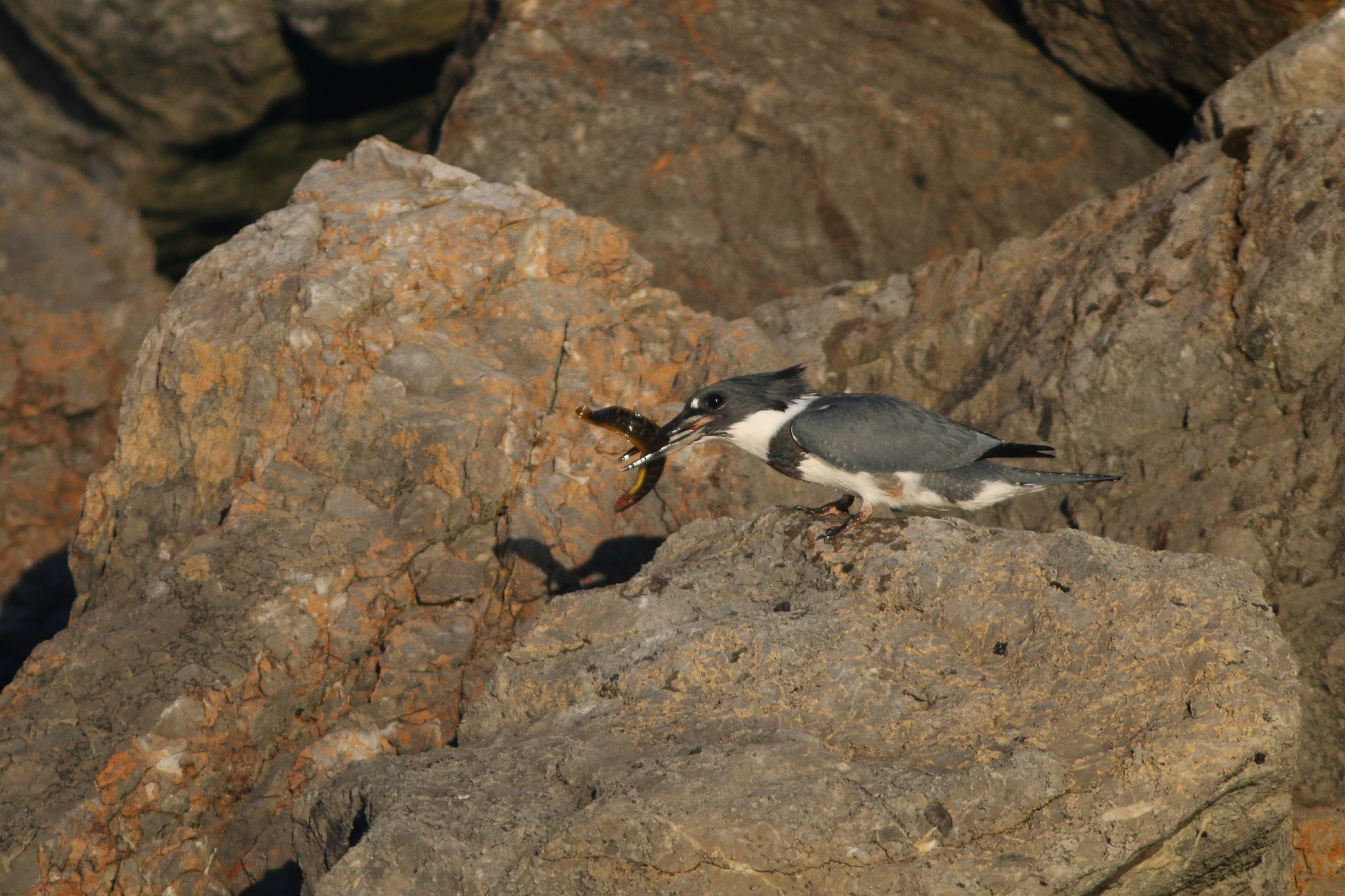American Kestrel, Falco sparverius
With its beautiful slate-blue wings and head, chestnut back, and black mask, the American Kestrel is strikingly marked. Tiny but mighty, it is North America’s most widespread, yet smallest falcon. They can be found near open, grassy areas, where they can often be observed hunting from a perch or hovering in midair as they wait to dive on their prey. Although they usually eat invertebrates like dragonflies, grasshoppers, shrews, mice, bats, and small songbirds, these fierce little falcons have been documented taking prey as large as a Northern Flicker!
Most American Kestrels will migrate to the southern United States for the winter, though some will travel further to Central America. Their peak migration time is between mid-September to early October along the Atlantic Coast. At some hawk watches like Cape May, NJ and Kiptopeke State Park, VA, there are days when hundreds or even thousands of kestrels migrate through in a single day!
An American Kestrel takes a break from its long flight to sit on a pole at Cape May Point beach. Cape May, NJ
Since starting as a hawk watcher at the beginning of September, I have felt very grateful to American Kestrels for being, all things relative, on the easier side of raptors to identify even when they are far away. Like all falcons, their wings taper to a sharp point like a boomerang. I have noticed that sometimes a gliding Broad-winged Hawk can position its wings in such a way that they become superficially pointy and tapered, so I have learned to watch out for this. On the flipside, an American Kestrel with its wings and tail fully stretched out can appear superficially stocky enough to resemble a Sharp-shinned Hawk. However, Kestrels have many more identifiers that help clinch their ID:
Kestrels are very orangey on their backs and appear white on their bellies, which can be seen even from far away in good lighting.
American Kestrels are dainty flyers. They feel light and airy, and bounce around in the air instead of jetting powerfully forward like other falcons. At times, their flight can remind me of the bat-like flight of Common Nighthawks, though usually not as extreme. They will flap and glide more often than other falcons.
American Kestrels are the only falcon to hover.
A great line from my hawk watching friend: “If you had time to look at a falcon to figure out what it was, it was a kestrel. A Merlin or a Peregrine would be gone already.”
When they return in the spring, these tiny falcons will look to build their nests in hollowed out tree cavities. Unfortunately, although they are widespread their populations are in decline due to habitat loss and pesticides. If they continue to decline at their current rate, their populations will decline by fifty percent by 2075. You can help American Kestrels by building kestrel nest boxes, or by leaving hollow trees standing to provide them places to nest. Information about monitoring kestrel nests, and building kestrel nest boxes, can be found on The Peregrine Fund's American Kestrel Partnership website.
Moments after I took this photo, the kestrel disappeared into its nest cavity right below where it was perched. Ucross, WY












